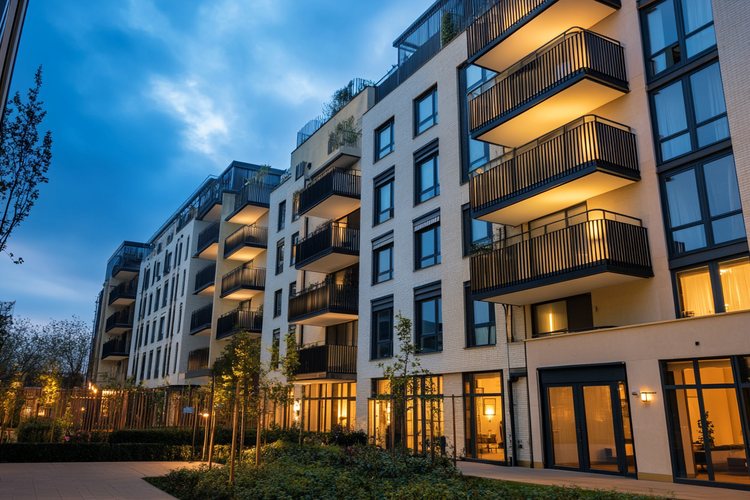Explore modern living in the latest condo developments near you
The transformation of metropolitan housing through micro-unit developments represents a significant shift in residential real estate dynamics. As urban populations surge and housing affordability reaches crisis levels, developers and investors are turning to these compact living spaces as a solution. Recent market analysis shows micro-units commanding 20% higher price per square foot than conventional apartments while maintaining occupancy rates above 95% in major cities. This innovative approach to urban housing is reshaping investment strategies, tenant expectations, and city planning frameworks across global real estate markets.

Defining the Micro-Unit Movement
Micro-units typically range from 200 to 400 square feet, incorporating efficient design elements to maximize livability in minimal space. These properties emerged in dense urban markets like Tokyo and Hong Kong before gaining traction in Western cities. Modern micro-units feature convertible furniture, high ceilings, and premium finishes to offset size limitations. Unlike traditional studio apartments, these units are purposefully designed with space optimization at their core, often including built-in storage solutions and multi-functional areas.
Financial Performance Metrics
Investment returns on micro-unit developments have consistently outperformed traditional multifamily properties in urban cores. Data from major metropolitan markets indicates that micro-units generate 15-30% higher rental income per square foot compared to conventional apartments. Operating costs typically run 5-8% lower due to reduced maintenance requirements and efficient utility systems. Development costs per unit are approximately 20% lower than traditional apartments, though construction costs per square foot may be higher due to specialized design requirements.
Market Demand Analysis
Demographics driving micro-unit demand include young professionals, urban singles, and temporary residents seeking affordable housing in prime locations. Market studies reveal that 72% of micro-unit residents are first-time renters under 30, while 18% are professional commuters maintaining secondary residences. The average tenancy duration is 14 months, indicating strong market liquidity and consistent demand patterns across major urban centers.
Regulatory Considerations
Zoning regulations and building codes are evolving to accommodate micro-unit developments. Cities like Seattle, Boston, and San Francisco have modified minimum unit size requirements and parking ratios to facilitate micro-housing projects. However, developers must navigate complex approval processes and sometimes face community opposition. Understanding local regulatory frameworks remains crucial for successful project implementation.
Design Innovation and Amenities
Successful micro-unit properties compensate for limited private space through extensive common areas and amenities. Modern developments feature co-working spaces, rooftop lounges, and smart home technology integration. Design innovations include murphy beds, movable walls, and modular furniture systems. These amenities help maintain competitive market positioning and justify premium rental rates despite reduced square footage.
Investment Strategy Implementation
Investors approaching micro-unit development must carefully consider location selection, target demographic analysis, and amenity programming. Successful projects typically locate within walking distance of employment centers, public transportation, and urban amenities. Construction quality and sound isolation become critical factors in tenant satisfaction and long-term asset performance. Portfolio diversification strategies often incorporate micro-units as high-yield urban core assets complementing traditional multifamily holdings.
Future Market Trajectory
Market indicators suggest continued growth in micro-unit development across major urban markets. Demographic shifts, housing affordability pressures, and urbanization trends support long-term demand projections. Industry analysts forecast annual returns of 8-12% for well-positioned micro-unit investments over the next decade, with particularly strong performance in technology-driven markets and educational hubs.
Operational Best Practices
Managing micro-unit properties requires specialized approaches to maintenance, tenant relations, and community building. Successful operators implement automated systems for package handling, maintenance requests, and access control. Regular community events and amenity programming help maintain tenant satisfaction and justify rental premiums. Efficient turnover processes become essential due to shorter average tenancy periods.




